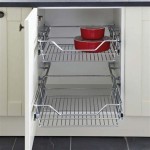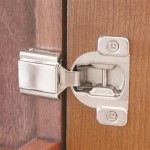Installing crown molding on your cabinets gives your kitchen or bathroom an elegant and luxurious look. Crown molding is the perfect finishing touch to any cabinetry installation. But before you can do that, you must first learn how to cut crown molding for cabinets.
Crown molding is typically cut in two directions: with a miter saw and a coping saw. To begin, you’ll need to determine the angle for the miter cut. This angle is determined by the wall angle, which is the angle of the wall relative to the floor. The angle of the miter cut should match the wall angle.
Once you have determined the angle, you can set the miter saw to the correct angle and make the first cut. The angle of the cut should be the same as the wall angle. The second cut will be made with a coping saw. This cut will be opposite of the first cut and is used to fit the crown molding into tight corners. The coping saw can also be used to make additional cuts if needed.
When you are cutting the crown molding, it is important to make sure that the pieces fit together correctly. If the pieces do not fit together correctly, then the molding will not look right. To ensure that the pieces fit correctly, you can use a shim between the two pieces of crown molding. This will help the molding to fit together snugly.
Once the two pieces of crown molding have been cut, you will need to attach them to the cabinet. To do this, you will need to use a nail gun or other type of fastener. Make sure that the fasteners are securely attached to the cabinet and the molding. Once the molding is attached, you can then sand and finish the molding to complete the look.
Installing crown molding on your cabinets can be a challenging task. But with the right tools and techniques, you can achieve a beautiful and professional look. With a bit of practice and patience, you’ll be able to perfect your technique and get the perfect finish for your kitchen or bathroom cabinets.










Related Posts








